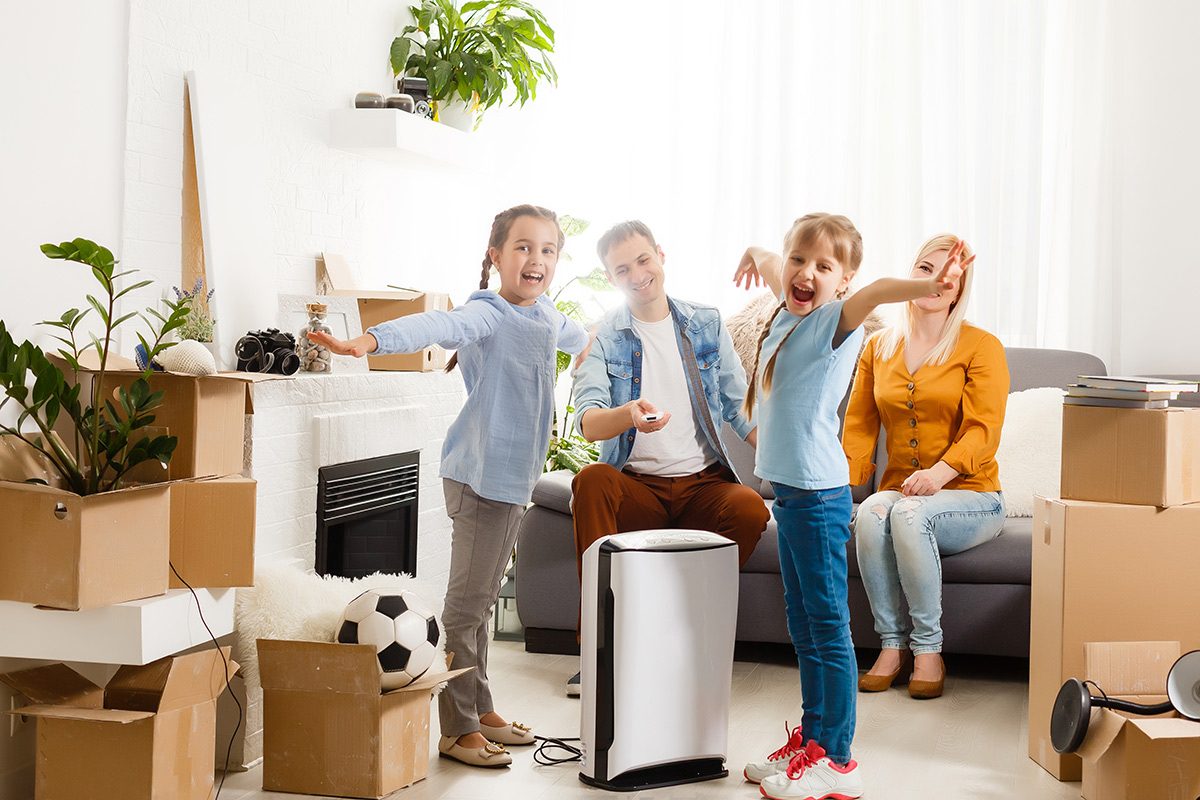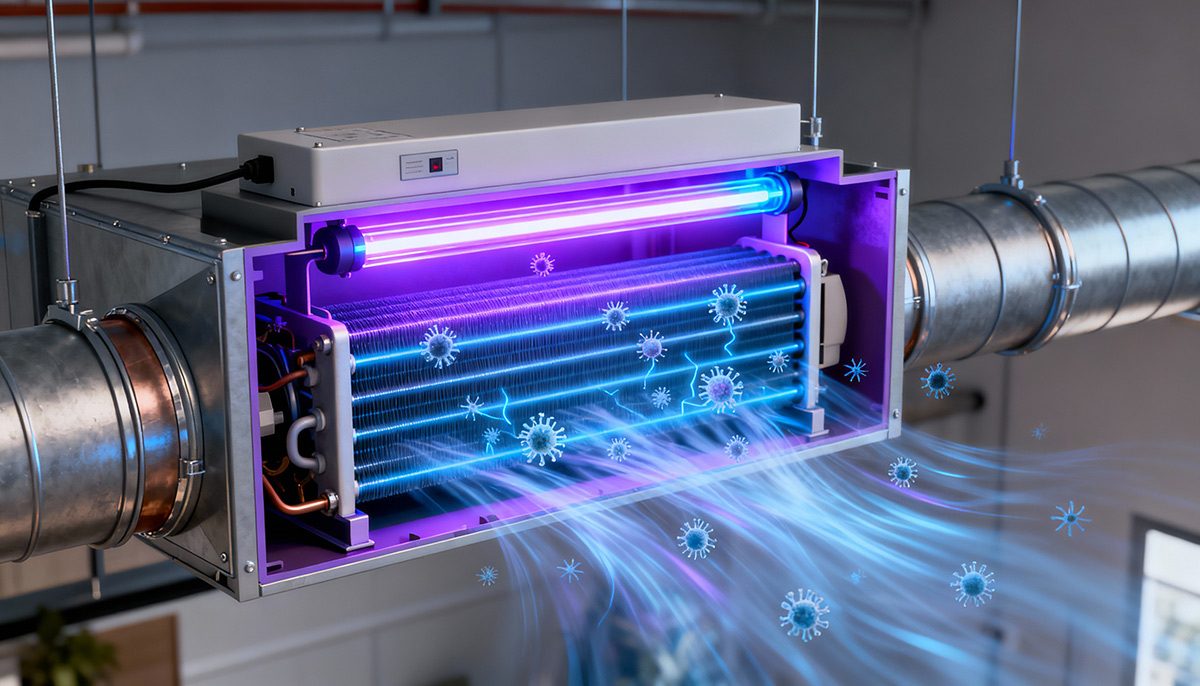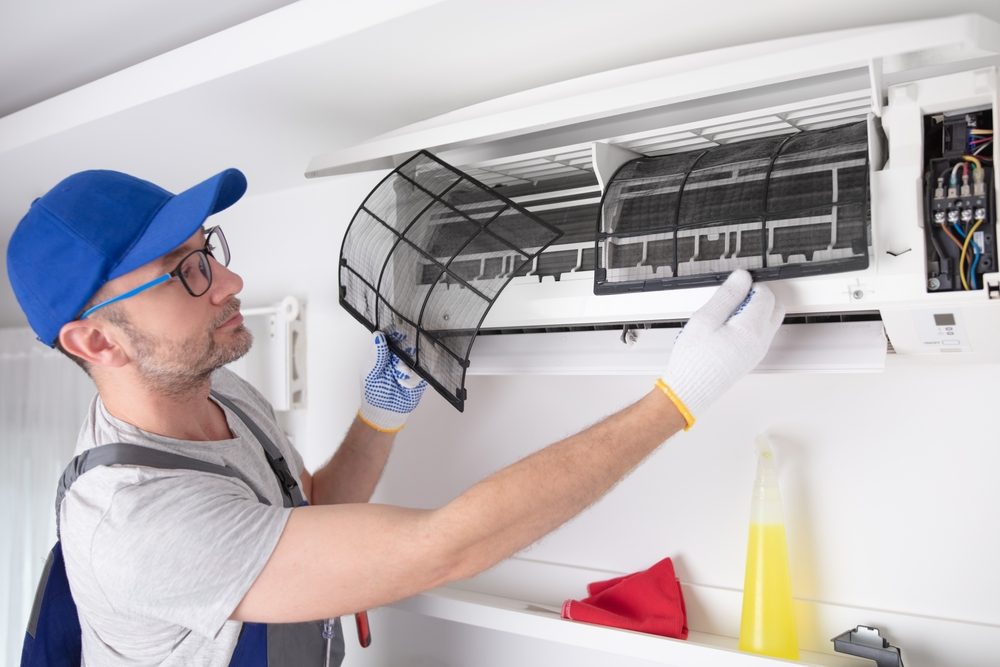
Air purifiers have become very popular for improving indoor air quality, but there is often some confusion about what they actually can and can’t do – particularly when it comes to their ability to control the temperature of a room.
Some people buy them thinking that they can actually cool the air like an AC unit. So in this article, we will answer that question directly and explain how air purifiers work to clean the air rather than cool it. We will also discuss why it sometimes feels like the air purifier is cooling the air (even when it’s not) and we will outline the key differences between air purifiers versus fans versus AC units. We will also examine why air purifiers create airflow but do not actually lower room temperature. Then to finish we will check out some
practical tips to help you choose the right air purifier for you. Let’s get started.
Do air purifiers blow cold air?
Let’s state this upfront: air purifiers do not actively blow cold air. They clean the air by drawing it in then filtering out any pollutants (which include dust, pollen, smoke, pet dander, and so on.) The purifier then releases the purified air back into the room. While this process does involve airflow – which can feel like a light breeze – it does not involve any cooling mechanism as you would find in an AC.
What’s behind this? Basically the air coming out of an air purifier may feel slightly cooler because of its movement across your skin. It’s like a ceiling fan in that sense, creating the ‘feel’ of a cooling effect even though it doesn’t actually lower the room temperature. So while this sensation is pleasant on a warm day, it should not be mistaken for actual air conditioning.
It's worth mentioning that you can get hybrid devices that combine air purification with cooling but generally speaking it’s an either/or decision where you’re either looking to purify the air or cool it and this is achieved using two separate units.
How air purifiers work?
Air purifiers pull in air from the room then pass it through a number of filters. The filter you see the most often is the HEPA filter which captures tiny particles such as dust and pollen as well as some bacteria and viruses.
A lot of air purifiers also use activated carbon filters to absorb things HEPA can’t trap. These include odours, smoke, and volatile organic compounds (VOCs). As a final layer, some models now use UV-C light technology which helps to neutralise airborne germs and pathogens by disrupting their DNA, making them unable to reproduce.
This movement of air through the purifier creates airflow which may feel like a gentle breeze when the purified air is released back into the room. The airflow, though, is actually just a byproduct of the filtration process and is not intended to actually cool the air. So the room temperature will remain the same, just with better air quality.
Common misconceptions about air purifiers and temperature
There is often confusion between air purifiers, fans, and air conditioners, especially when it comes to their effects on temperature. Many people assume that because air purifiers move air and sometimes produce a breeze, they also cool the room.
So the first misconception to clear up is that they don’t. Air purifiers just clean the air, get rid of pollutants, and make your room fresher. As they do this, they do create a bit of airflow which may give the sensation of cooling although it does not alter the temperature.
Fans are similar in that they also give the sensation of a light breeze. They circulate air within a room which does create a cooling sensation but this has little effect on the room temperature. So they help comfort but that’s the extent of their function.
Of course air conditioners are designed to cool indoor spaces both large and small, and work by removing heat from the air and lowering the room temperature. They often reduce humidity in the process.
It’s really important to understand these distinctions to set realistic expectations – air purifiers clean the air but do not cool it, fans provide airflow but also don’t change the temperature, and air conditioners actively lower the temperature for a cooler environment.
How to choose the right air purifier for your needs
Let’s break down what you need to know to make sure you choose the right air purifier:
Room size: Start by thinking about your space and what size unit you’ll need to purify the air in it. Most manufacturers specify the recommended room size for each unit, so select one that matches (or exceeds) your room size. Otherwise, it’s not going to be effective.
Filtration: Different filters get rid of different pollutants and a HEPA filter is essential for capturing fine particles like dust and pet dander. If you are concerned about odours or chemical vapours then it might be worth thinking about a model with an activated carbon filter. Then consider a model with UV-C light technology for additional protection against bacteria and viruses.
Noise levels: Since air purifiers often run for long periods, noise can be an important factor. This is particularly significant in places that need quiet such as bedrooms or offices. Look for models with quiet operation or adjustable fan speeds. In addition, some models have features such as air quality sensors, automatic mode, or timer functions that can also enhance usability and convenience.
About Daikin
At Daikin, our industry-leading air purifiers improve indoor air quality by trapping mould, bacteria, viruses, pollen, dust, pet dander, and other allergens using a multi-stage filtration system that includes a HEPA filter, activated carbon filter, and UVC LED light. The HEPA filter captures up to 99.97% of particles as small as 0.1 microns, while the carbon filter removes odours and volatile organic compounds. The UVC LED light inactivates bacteria and viruses trapped in the filters. Some models also feature a built-in humidifier to add moisture for greater comfort during dry seasons.
In addition to air purifiers, Daikin offers a range of HVAC systems for residential and commercial needs. Daikin leads the industry in innovation and customer support and operates in 170 countries worldwide with millions of systems installed. We offer a wide range of HVAC systems for residential, commercial, and industrial settings.
Learn more about Daikin’s HVAC products by contacting us today.



